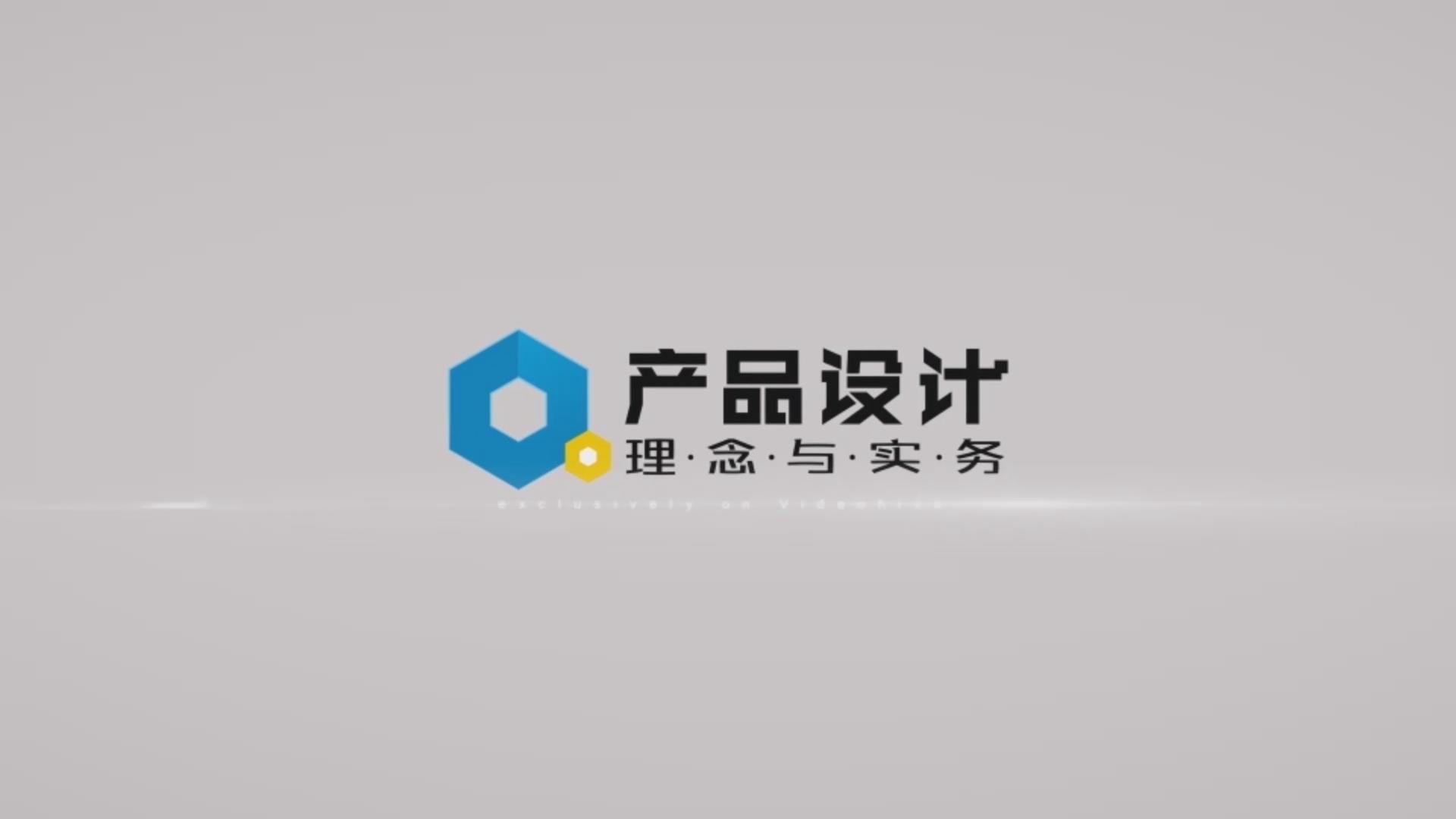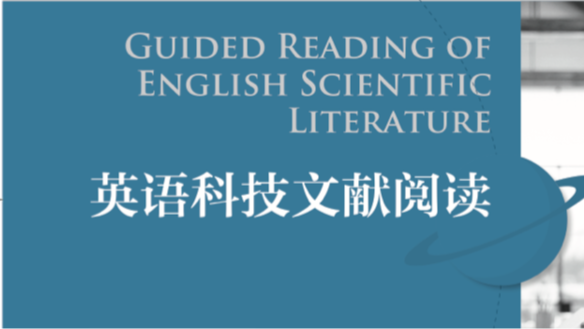
当前课程知识点:Strategic Management > Chapter 1 Introduction > 1.2 The Nature and Characteristics of Strategic Management > 1.2.1 Environment, Advantages and Strategy
返回《Strategic Management》慕课在线视频课程列表
返回《Strategic Management》慕课在线视频列表
那么在回顾了企业战略发展的历史
特别是对理性主义流派 非理性主义流派
和整合的这种努力做了一个简单的描述之后
我们来看一下 所谓企业战略
其实就是企业在适应和利用环境变化过程中
为了建立 保持和发挥竞争优势
所做出的一系列的
具有重大和长期影响的决策和行动
其目的就是要持续地
获得高于社会平均水平的投资收益
那么我们从这样一个定义里面
有几个要点是需要我们把握的
首先我们看到企业战略
主要涉及到企业和环境的关系
大家看到 原来企业和环境的关系
是想以动制动
效果并不好
因为它不足以让这个企业将足够的资源
承诺一段时间
或者建立起优势
所以战略的出现就标志着
企业在处理和环境的过程中
采取了一种以静制动的方式
希望通过预测环境
然后做出一些战略的承诺
确定自己战略的选择
然后由战略的选择
来支配企业资源和精力的配置
然后建立 保持和发挥优势
在企业适应环境的过程中
我们注意到有两种态度
一种就是被动地适应
那就是以动制动更有这个特点
当然这是非常重要的 适者生存
但是 从另一个角度来说
如果企业过于被动
亦步亦趋的去处理和环境的关系
就不足以去建立优势 发挥优势
所以我们就要特别强调
企业在适应环境的基础之上
还要去预测环境
利用环境的变化
甚至是引领环境的变化
这个我相信才是战略的真谛
在企业处理和环境的关系的过程中
我们注意到它不是一次性的决策
而是有一系列的决策
那么这一系列的决策
我们特别强调这一系列中间
包括一个是层次的关系
一个是时间先后的关系
从时间的关系来讲
它有前面的决策和后面的决策要有一致性
这就是为什么要制定五年 三年的战略
甚至很可能战略承诺要管二十年
然后分阶段来实施
这是讲战略决策之间的一致性问题
另外一个问题呢
一系列决策中间可能有高 中 低
比如说集团公司 二级公司 三级公司
它们之间的决策要有内在的层次结构的关系
这种层次结构的关系
才能够保证这个企业上下一致
然后建立优势 保持优势和发挥优势
所以我们看到
企业在处理环境的关系的过程中
运用战略 核心是要建立 保持 发挥优势
而这个优势它自然会去带来一个高的收益
所以 我们特别强调
企业战略不是以单纯地追求利润为目标
而是主要以建立优势为目标
那这样的话
企业才能够通过建立 保持 发挥优势
长期 稳定地获取高于行业平均水平
或社会平均水平的收益
关于这一点上 我们也特别强调一下
如果是一个大的企业集团
通过构建行业组合你所获得的收益
可能是高于社会平均水平
但如果是一个单一的企业
比如说你是做化妆品的 或者做定制家具的
那我觉得这就不要追求高于社会平均水平
而是要高于行业或者相同商业模式的企业
高于它们的平均水平可能更合适
由于战略从一开始就是企业用于
去处理和环境的关系
因此如何理解战略和如何理解战略管理
是要反映这个环境的特点
包括它时代的特点
比如说 不相关多元化
也许在外国
或者中国企业发展的某一个特定时代
它可能是适用的
但是在过了这个时代以后
它可能就变成不那么很好的一个战略选择
比如说在早年
可能中国基于国家优势主要是使用低成本战略
那现在可能就要考虑高差异战略
那么在相对静态的条件下
那我们对战略的理解和战略管理的理解
可能不同于在相对动态的条件下
对战略 战略管理的理解
当然还要考虑到全球化的问题
同时 这个环境除了时代的特点以外
它可能有国家和区域的特点
在外国适用的战略可能在中国不一样
或者外国相对稳定的市场环境
它可预测性可能强
它对战略和战略管理的理解
和我们在中国相对比较动态的条件下
可能又不一样
所以要真正地理解
比如嵌入在中国的环境下
去理解什么是战略和战略管理
一定要考虑
我们中国所嵌入的这样一个环境的特点
区域的特点
实际上我们讲了这两个特点之后
在我们今天这本书里面
其实我们对企业战略决策 对战略管理的理解
是基于这个时代和国家特点
全球化的时代和中国转型期国家的特点
这两个交互的作用来去考虑
我们特别强调了中国所处的经营环境
在全球化影响和中国转型影响下
环境具有高度的复杂性 动态性 不确定性
所以我们对战略决策
和战略管理的理解 认识 定义
是基于这种情境特征做出来的
-1.1 The Rise of The Discipline of Strategic Management
--1.1.1The Origins of Strategic Management
--1.1.2 Development and Improvement of Strategic Management
-1.2 The Nature and Characteristics of Strategic Management
--1.2.1 Environment, Advantages and Strategy
--1.2.2 Definition of Enterprise Strategy
--1.2.3 The Thinking Mode of Enterprise Strategy Formulation
--1.2.4 The Content System of Enterprise Strategy
-1.3 The Nature and Characteristics of Enterprise Strategic Management
--1.3.1 The Activities of Enterprise Strategic Management
--1.3.2 The System of Enterprise Strategic Management
-1.4 Enterprise Strategy Manager
--1.4 Enterprise Strategy Manager
-Corporate Video
--Video
-Test
--Chapter 1 Test
-Reflection Questions
--Chapter 1 Reflection Questions
-PPT
-2.1 External Environment Analysis of the Enterprise
--2.1 External Environment Analysis of the Enterprise
-2.2 The Macroscopic Environment Analysis of the Enterprise
--2.2 The Macroscopic Environment Analysis of the Enterprise
-2.3 Market Environment Analysis of the Enterprises
--2.3 Market Environment Analysis of the Enterprises
-2.4 Industry Environment Analysis
--2.4 Industry Environment Analysis
-2.5 Analysis of Competition and Cooperation Eenvironment of Eenterprises
--2.5 Analysis of Competition and Cooperation Eenvironment of Eenterprises
-Corporate Video
--Video
-Test
--Chapter 2 Test
-Reflection Questions
--Chapter 2 Reflection Questions
-PPT
-3.1 Purpose and Characteristics of Internal Environmental Analysis
--3.1Purpose and Characteristics of Internal Environmental Analysis
-3.2 Enterprise History Analysis
--3.2 Enterprise History Analysis
-3.3 Enterprise Resource Analysis
--3.3 Enterprise Resource Analysis
-3.4 Enterprise Capability Analysis
--3.4 Enterprise Capability Analysis
-3.5 Analysis of Enterprise Core Competence
--3.5 Analysis of Enterprise Core Competence
-Test
--Chapter 3 Test
-Reflection Questions
--Chapter 3 Reflection Questions
-PPT
-4.1 The Nature of Strategic Commitment
--4.1 The Nature of Strategic Commitment
-4.2 The Content of Strategic Commitment
--4.2 The Content of Strategic Commitment
-4.3 The Form of Strategic Commitment
--4.3 The Form of Strategic Commitment
-Test
--Chapter 4 Test
-Reflection Questions
--Chapter 4 Reflection Questions
-PPT
-5.1 The Nature and Types of Business-Level Strategy
--5.1 The Nature and Types of Business-Level Strategy
-5.2 General Positioning Strategy
--5.2 General Positioning Strategy
-5.3 Unique Positioning Strategy
--5.3 Unique Positioning Strategy
-5.4 Portfolio Positioning Strategy
--5.4 Portfolio Positioning Strategy
-Corporate Video
-Test
--Chapter 5 Test
-Reflection Questions
--Chapter 5 Reflection Questions
-PPT
-6.1 The Nature and Characteristics of Corporate-Level Strategy
--6.1The Nature and Characteristics of Corporate-Level Strategy
-6.2 Industry Diversification Portfolio Strategy
--6.2 Industry Diversification Portfolio Strategy
-6.3 Industry Diversification Portfolio Management Model
--6.3 Industry Diversification Portfolio Management Model
-6.4 Restructuring of Diversified Corporate
--6.4 Restructuring of Diversified Corporate
-Test
--Chapter 6 Test
-Reflection Questions
--Chapter 6 Reflection Questions
-PPT
-7.1 The Motivation of Company Internationalization
--7.1 The Motivation of Company Internationalization
-7.2 The Advantages and Risks of Company Internationalization
--7.2 The Advantages and Risks of Company Internationalization
-7.3 Strategic Choice of Company Internationalization
--7.3 Strategic Choice of Company Internationalization
-Test
--Chapter 7 Test
-Reflection Questions
--Chapter 7 Reflection Questions
-PPT
-8.1 Company Strategic Alliance
--8.1 Company Strategic Alliance
-8.2 Company Mergers and Acquisitions
--8.2 Company Mergers and Acquisitions
-Test
--Chapter 8 Test
-Reflection Questions
--Chapter 8 Reflection Questions
-PPT
-9.1 Corporate Strategy Imlementation and Evaluation in a Relatively Static Environment
--9.1 Corporate Strategy Imlementation and Evaluation in a Relatively Static Environment
-9.2 Corporate Strategy Imlementation and Evaluation in a Relatively Dynamic Environment
--9.2 Corporate Strategy Imlementation and Evaluation in a Relatively Dynamic Environment
-9.3 Methods of Corporate Strategy Implementation
--9.3 Methods of Corporate Strategy Implementation
-Test
--Chapter 9 Test
-Reflection Questions
--Chapter 9 Reflection Questions
-PPT

